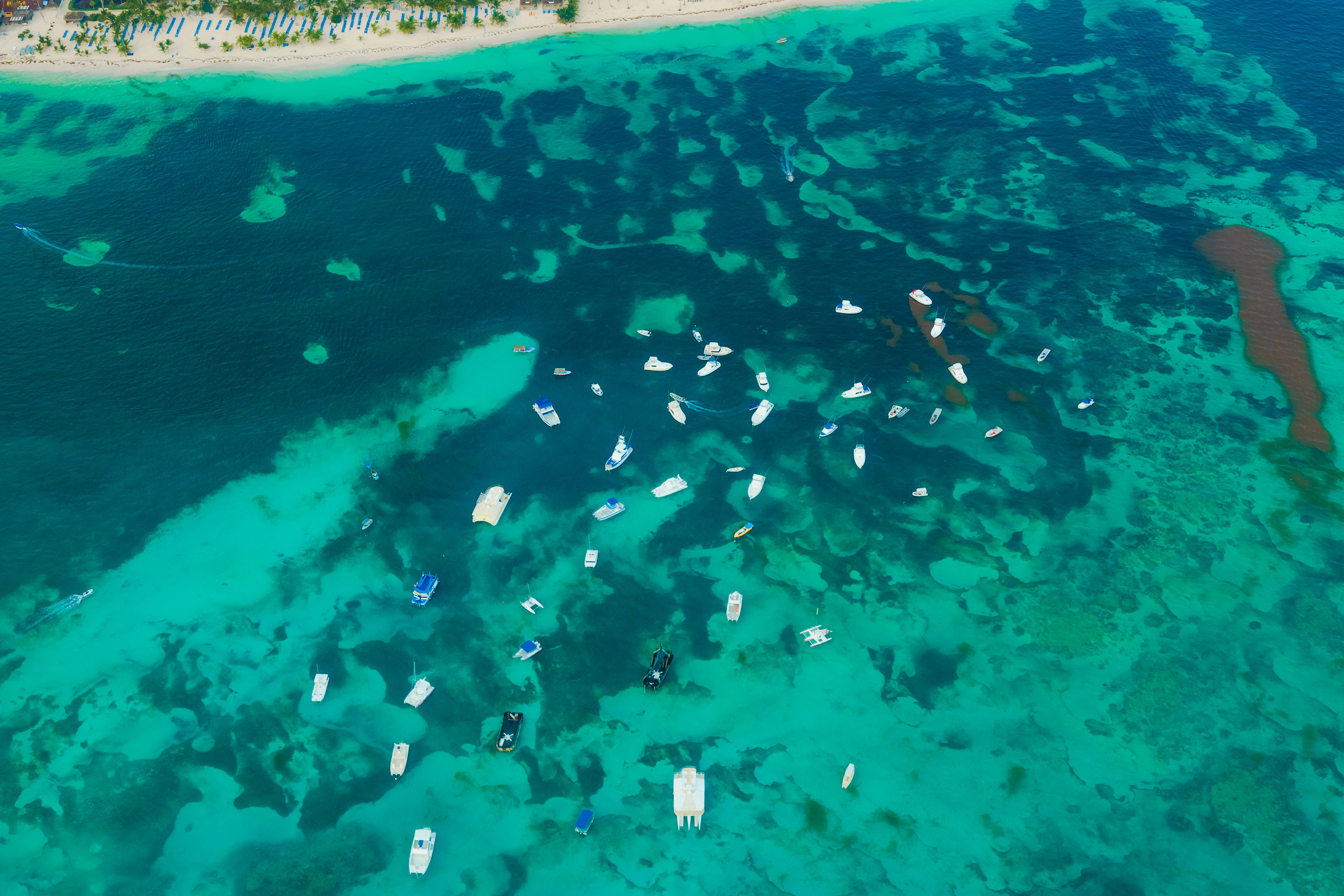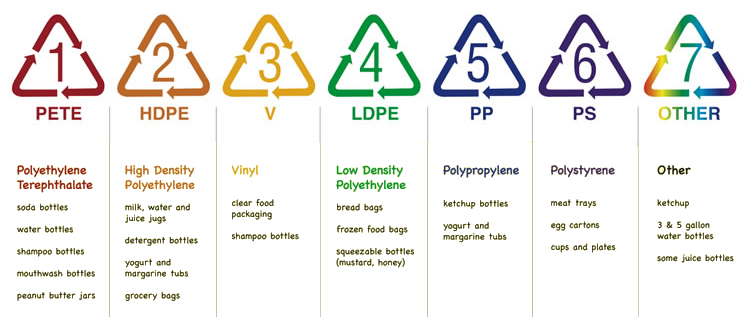Reinventing Plastic Wrap: Edible & Biodegradable Food Packaging
a sustainable alternative to plastic wrap
Waste-Free Innovation
Thanks to The American Chemical Society
Plastic, non-biodegradable waste is among the most pressing environmental issues facing our oceans, beaches, and marine ecosystems. In the Los Angeles area alone, 10 metric tons of plastic fragments—like grocery bags, straws and soda bottles—are carried into the Pacific Ocean every day. (EcoWatch.com)
Plastic comes in a number of forms, and only certain kinds of plastics are recyclable, as dictated by Society of the Plastics Industry. Here’s a fun fact: to assist in the recycling of disposable items, the Society of the Plastics Industry created a scheme of symbols meant to indicate the 7 kinds of plastics the average consumer encounters. Of the 7 kinds, #2 HDPE (High-Density Polyethylene) plastic is the most common and universally recyclable. This plastic is used in the making of milk jugs, detergent and oil bottles, toys, and some plastic bags. The chart below illustrates these 7 kinds of plastics, and what they’re commonly used for.
As you can probably tell from the chart, plastics #3 and #4 are related to this new innovation in eco-friendly plastic wrap, and may hopefully come to be phased by this new biodegradable alternative. But, let’s be honest, that’s probably far into the future. What makes this material biodegradable is that it’s derived from organic compounds. According to the American Chemical Society (ACS), “The protein-based films are powerful oxygen blockers that help prevent food spoilage. When used in packaging, they could prevent food waste during distribution along the food chain.” (ACS.org)
The application of the this new “plastic” may also translate to food coating. In other words, the ACS hopes to bring this technology to cereals, snack bars, and other portable food items. According to the ACS, “In addition to being used as plastic pouches and wraps, this casein coating could be sprayed onto food, such as cereal flakes or bars. Right now, cereals keep their crunch in milk due to a sugar coating. Instead of all that sugar, manufacturers could spray on casein-protein coatings to prevent soggy cereal.” (ACS.org) We’ll let you form your own opinion on that, but it’s an interesting idea.
Below you’ll find a video the ACS released about this technology. It details how this film (i.e., plastic) is made and what it acts like in real life.
*Image by PlastixPortal.com
Let’s Talk About It.
New in Musings.
Get on the list.




0 Comments